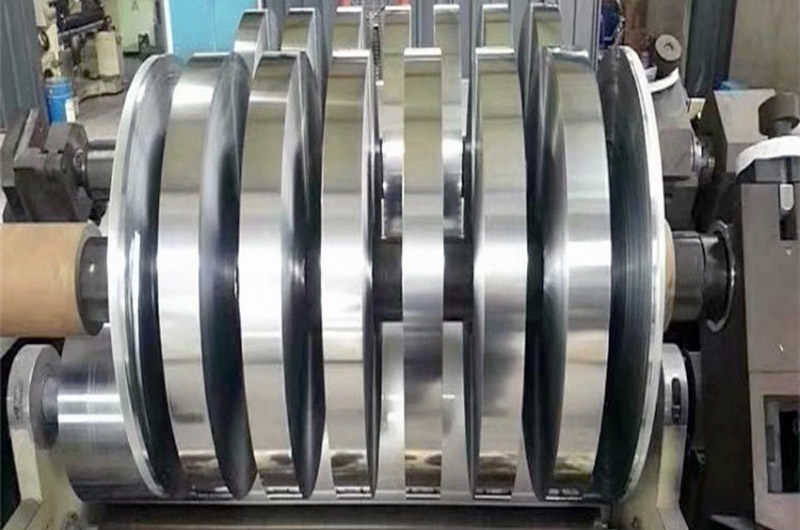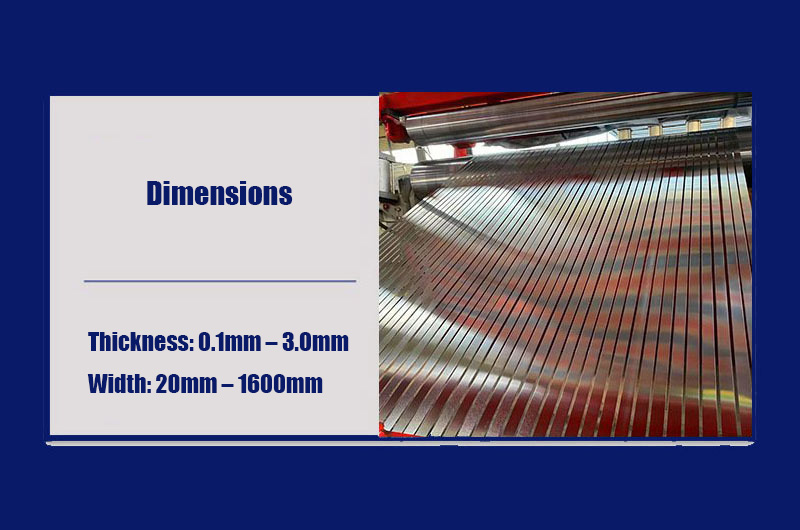- 5083 Aluminum Strip Introduction
- Understanding 5083 Aluminum Strip
- 5083 Aluminum Strip Data Parameters
- 5083 Aluminum Strip Performance Characteristics
- 5083 Aluminum Strip Applications
- 5083 Aluminum Strip Challenges in Purchase and Use
- Solutions to Common Problems
- Conclusion
5083 Aluminum Strip Introduction
Aluminum, with its exceptional properties, has become a staple in various industries, from aerospace to marine applications. Among the myriad of aluminum alloys, 5083 stands out for its excellent corrosion resistance and high strength, making it a preferred choice for critical applications.
In this comprehensive guide, we delve into the specifics of 5083 Aluminum Strip, exploring its various data parameters, performance characteristics, common challenges faced by customers during procurement and utilization, and effective solutions.

Understanding 5083 Aluminum Strip
5083 Aluminum Strip belongs to the 5xxx series of aluminum alloys, known for their magnesium content. The alloy is primarily composed of aluminum, magnesium, and a small amount of manganese. This combination results in a high-strength, weldable material with outstanding corrosion resistance, particularly in harsh environments, such as marine and chemical processing applications.
5083 Aluminum Strip Data Parameters
5083 Aluminum Strip Chemical Composition:
- Aluminum (Al): 90.7%
- Magnesium (Mg): 4.0% – 4.9%
- Manganese (Mn): 0.40% – 1.0%
- Chromium (Cr): 0.05% – 0.25%
- Other Elements (each): 0.05%
- Other Elements (total): 0.15%
5083 Aluminum Strip Mechanical Properties
- Tensile Strength: 275 MPa (39, 800 psi)
- Yield Strength: 125 MPa (18, 100 psi)
- Elongation at Break: 12%
- Hardness (Brinell): 75 HB
5083 Aluminum Strip Physical Properties
- Density: 2.66 g/cm³
- Melting Point: 570°C (1, 058°F)
- Thermal Conductivity: 121 W/(m·K)
- Electrical Conductivity: 33% IACS
5083 Aluminum Strip Dimensions
- Thickness: 0.1mm – 3.0mm
- Width: 20mm – 1600mm
- Length: Customizable

5083 Aluminum Strip Performance Characteristics
1. Corrosion Resistance
5083 Aluminum Strip exhibits exceptional resistance to corrosion, especially in marine environments. This property is attributed to the protective oxide film that forms on its surface, preventing further degradation.
2. Weldability
The alloy is highly weldable, making it suitable for fabrication processes such as welding and brazing. However, proper precautions should be taken to avoid issues like porosity and reduced mechanical properties.
3. High Strength
With a tensile strength of 275 MPa, 5083 Aluminum Strip is renowned for its high strength-to-weight ratio, making it ideal for applications where both strength and weight are critical factors.
4. Formability
The alloy exhibits good formability, allowing for various shaping processes. However, attention should be paid to the specific requirements of the application to ensure optimal results.
5083 Aluminum Strip Applications
5083 aluminum alloy is known for its excellent corrosion resistance, high strength, and good weldability, making it suitable for various applications, particularly in marine environments. While specific uses of 5083 aluminum strips might vary depending on the industry and requirements, here are some common applications and their corresponding positions:
5083 Aluminum Strip for Marine Applications
Position/Use: Boat hulls and structures, shipbuilding.
Role: 5083 aluminum strips are used in the construction of boat hulls, ship structures, and other marine components due to their corrosion resistance in seawater. They contribute to the overall lightweight and durable nature of marine vessels.
5083 Aluminum Strip for Offshore Structures
Position/Use: Offshore platforms, oil rig components.
Role: In offshore environments where exposure to harsh sea conditions and corrosive elements is prevalent, 5083 aluminum strips are employed for their corrosion resistance and structural strength. They may be used in various components of offshore platforms and oil rigs.
5083 Aluminum Strip for Transportation Industry
Position/Use: Truck trailers, railway cars.
Role: 5083 aluminum strips can be utilized in the construction of truck trailers and railway cars, offering a lightweight alternative to steel while maintaining high strength. This contributes to increased fuel efficiency in transportation.
5083 Aluminum Strip for Aerospace Applications
Position/Use: Aircraft components, fuselage panels.
Role: In the aerospace industry, 5083 aluminum strips find application in the construction of aircraft components and fuselage panels. The alloy's combination of strength and low density is advantageous for reducing overall aircraft weight.
5083 Aluminum Strip for General Engineering
Position/Use: Structural components in various engineering projects.
Role: 5083 aluminum strips may be employed in various structural components for their strength and corrosion resistance. This can include applications in bridges, building structures, and other engineering projects.
5083 Aluminum Strip for Defense and Military Applications
Position/Use: Military vehicles, armor.
Role: Due to its strength and resistance to corrosion, 5083 aluminum can be used in military vehicles and armor. The lightweight nature of the alloy is beneficial in applications where weight is a critical factor.
5083 Aluminum Strip for Heat Exchangers
Position/Use: Heat exchanger fins.
Role: In heat exchangers, 5083 aluminum strips are employed for their thermal conductivity. They can be used as fins to enhance heat transfer efficiency in various industrial applications, including HVAC systems.
These examples showcase the versatility of 5083 aluminum strips in various industries and applications, where their specific properties contribute to the performance and durability of the final products.

5083 Aluminum Strip Challenges in Purchase and Use
Despite its numerous advantages, customers may encounter challenges during the purchase and use of 5083 Aluminum Strip. Common issues include:
1. Surface Imperfections
Some customers may observe surface imperfections, such as scratches or dents, during the purchase of 5083 Aluminum Strip. This can occur during manufacturing, handling, or transportation.
2. Welding Defects
Improper welding procedures may lead to defects like porosity, reduced strength, or cracking. This is a critical consideration, especially in applications where the welded joint's integrity is paramount.
3. Alloy Verification
Due to the presence of various aluminum alloys in the market, customers may face challenges in verifying the alloy composition and ensuring that the purchased material meets the specified 5083 requirements.
Solutions to Common Problems
1. Surface Imperfections
Inspection and communication with suppliers are crucial. Establishing clear specifications for surface quality during the purchase process helps minimize the risk of receiving materials with imperfections. Additionally, proper handling and storage practices can prevent damage during transportation.
2. Welding Defects
Employing qualified and experienced welders is essential to ensure proper welding procedures. Following recommended welding parameters, using appropriate filler materials, and conducting thorough inspections can help prevent welding-related issues.
3. Alloy Verification
Reliable suppliers provide certification documents, including mill certificates and test reports, confirming the alloy composition and properties. Working closely with trusted suppliers and performing in-house tests, if necessary, helps ensure the received material meets the specified 5083 requirements.
Conclusion
5083 Aluminum Strip, with its impressive combination of strength and corrosion resistance, stands as a versatile material catering to diverse industrial needs. By understanding its data parameters, performance characteristics, and potential challenges, customers can make informed decisions during the purchase and utilization of this alloy.
Diligent communication with suppliers, adherence to proper handling and welding procedures, and thorough inspection processes are key elements in maximizing the benefits of 5083 Aluminum Strip while addressing potential issues.
As technology and industry standards evolve, staying informed and adapting best practices remain essential for unlocking the full potential of this remarkable aluminum alloy.
